|
Words by: Brent Hillier Photos by: Brent Hillier & James Dahmer In my article A Winter of Learning, I explained this years unique problem of a Persistent Weak Layer at the bottom of our snowpack which was buried at the end of November. Up until a Melt Freeze cycle and subsequent cold snap, this layer had continued to produced avalanches. On the coast we were dealing with a major snowpack instability, one we were managing by staying out of steep and rocky terrain. It's meant a winter, not only lacking in snow, but lacking in the ability to branch off into steep, challenging terrain. The crust that developed during the end of January did do the job of bridging the weak layer at the bottom of our snowpack. No avalanches have been reported on that layer since. My prediction of surface faceting did take shape, what it didn't do was completely deteriorate the melt-freeze crust. So our basal layer, although still producing results in Deep Tap Tests, is now unlikely to be skier triggered. What I did see taking shape on January 29th, as I hiked into the Keith's Hut, was some very substantial surface hoar development. Shortly after we experienced some extremely cold temperatures in the -20°C range, causing faceting. Our next avalanche problem was beginning to take shape. Surface Hoar on the approach to the Keith's Hut on January 29, 2014 When it comes to avalanches, things on the surface don't become problems until they are buried. The key is seeing them and knowing about them before the next storm arrives. Unfortunately many don't, and that's why our current avalanche hazard can be more related to the human factor then anything else. We're seeing a rise in avalanche deaths right now, last Saturday saw 2 fatalities in Canada, doubling our fatalities for this season in just one weekend. The US has seen even more, with 9 deaths in 10 days. The blame should not be placed on a failure in our snowpack but the failures that have occurred in the decision making process. "The blame should not be placed on a failure in our snowpack but the failures that have occurred in the decision making process." So why am I not falling prey to the heuristic trap of scarcity, otherwise known as Powder Fever? Well as I spent time in the mountains I took note of the changes and I know we're dealing with a complex instability. Scarcity: the tendency to value resources or opportunities in proportion to the chance that you may lose them I recognized the growth of Surface Hoar as I hiked into the Keith's Hut. As I exited the backcountry, down the Cerise Creek trail, I noticed that the dusting of snow from the night before had preserved the delicate surface hoar crystals and buried them. Shortly after we got a cold snap, my Dawn Patrol: Mount Seymour ski tour was frigid, in fact unusually cold. In the back of my mind I knew faceting could be taking place under my skis. In addition, each morning I would wake up and need to scrape the frost off my car; another indicator that more surface hoar was developing in the mountains. My list of potential problems was growing, we have a bed surface or sliding layer and we have a plethora of weak layers. Only one thing was missing: a slab of new snow on top. With 117cm of snow in 7 days we now have our third ingredient for an avalanche, the slab, and it's ready to go. Talk about complex, this slab failed in three places As last weekend approached I found myself getting nervous; new snow and a rapidly approaching Saturday means lots of people in the mountains. Two people died, but my guess is decision making most likely failed more then just twice this past weekend. I'm positive it was dumb, blind luck that kept the other reckless backcountry users from making the headlines Monday morning. At some point, luck runs out. What's unnerving is history continues to repeat itself. And here we go again, more snow this week, another Saturday coming up and this time, the worse enticer of them all, the promise of sunny skies. Apart from the massive amount of information found in the Canadian Avalanche Centre Bulletins, the mountains do a great job communicating. On February 14th, while teaching an AST, I experienced some of the most dramatic Whumpfing I have ever felt. An obvious clue to instabilities within the snowpack. What was even more shocking, this was on the North Shore, where I have never experienced a Whumpf. A day previous some snowshoers remotely triggered a Size 2 on First Pump. Photos from the avalanche on 1st Pump from February 13, 2014 Winter has started and I may be excited, but I know it's not time to ski the steeps. I've had some great laps inbounds and some low angle backcountry turns. I've certainly enjoyed the new snow, but my decisions have been conservative. Although that 40° chute looks like a blower line to ski, my observations over the last month tell me there's a new dragon lurking within our snowpack. The question is, will this weakness stabilize or become our next Persistent Weak Layer?
0 Comments
Leave a Reply. |
Brent HillierStories, Pictures and Video of all my adventures, on skis and bike. Archives
April 2020
Categories
All
|
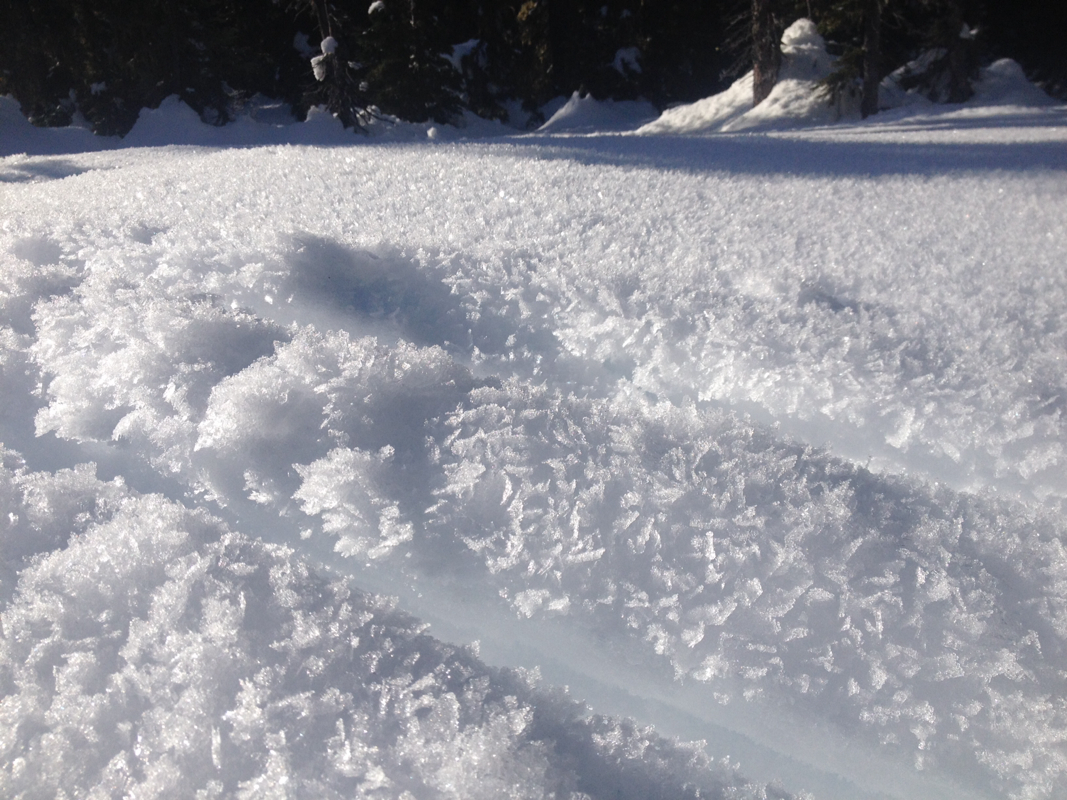
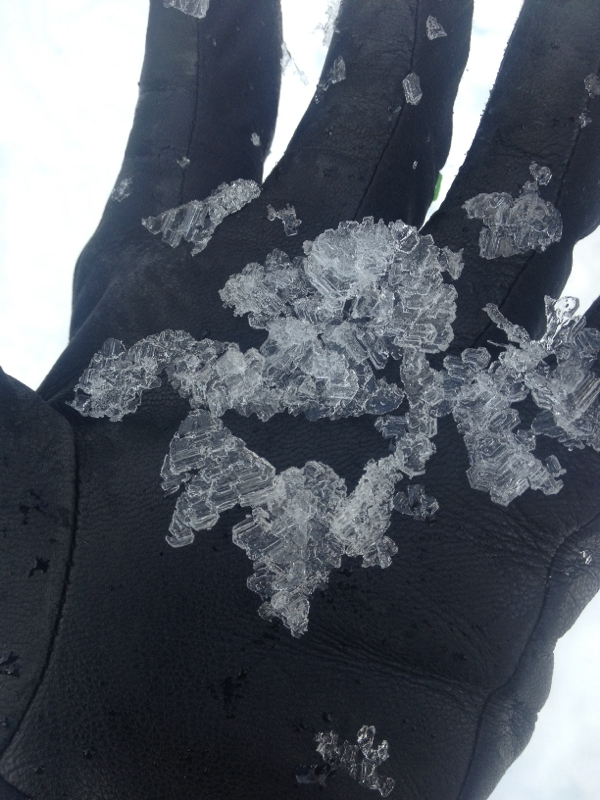
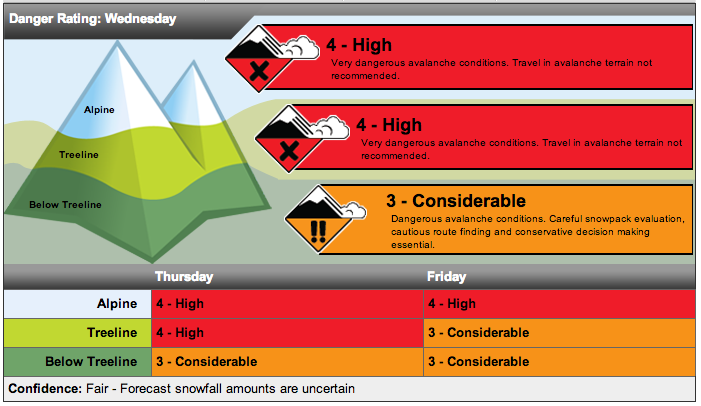
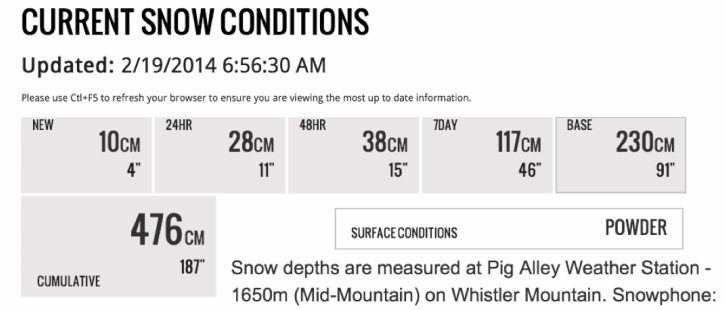
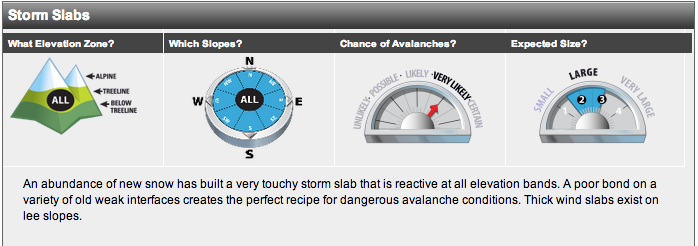
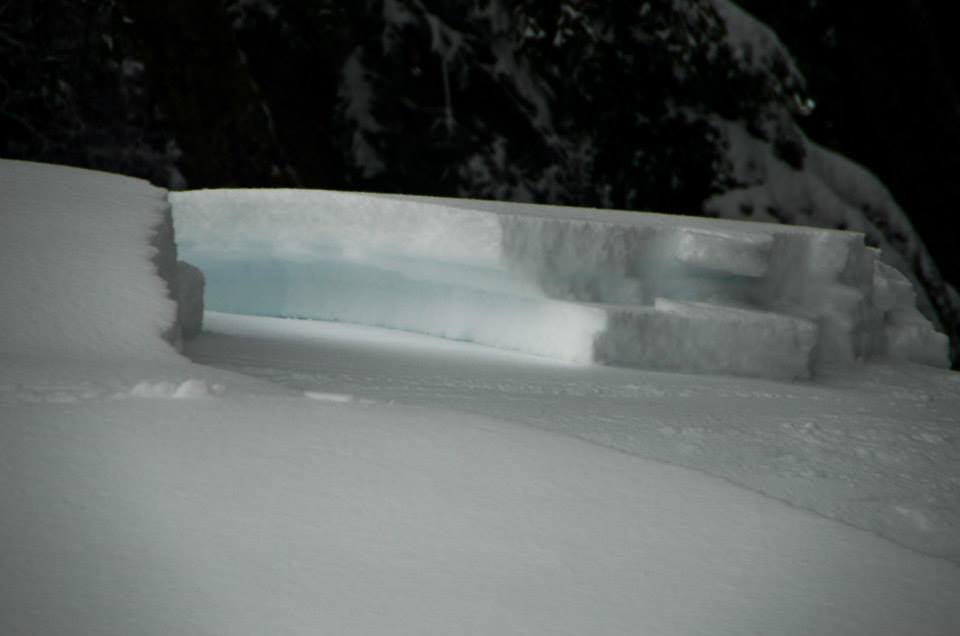
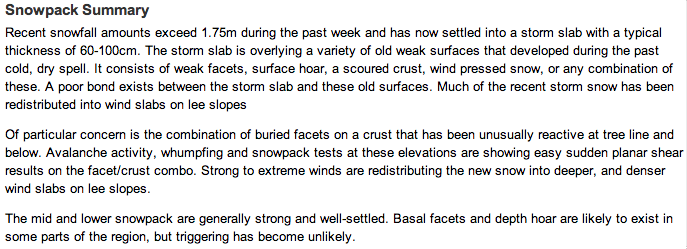
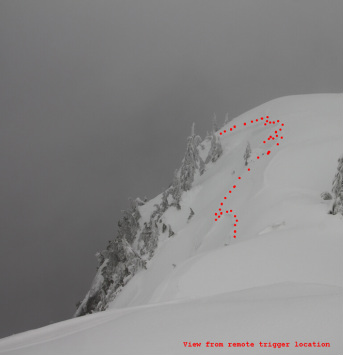
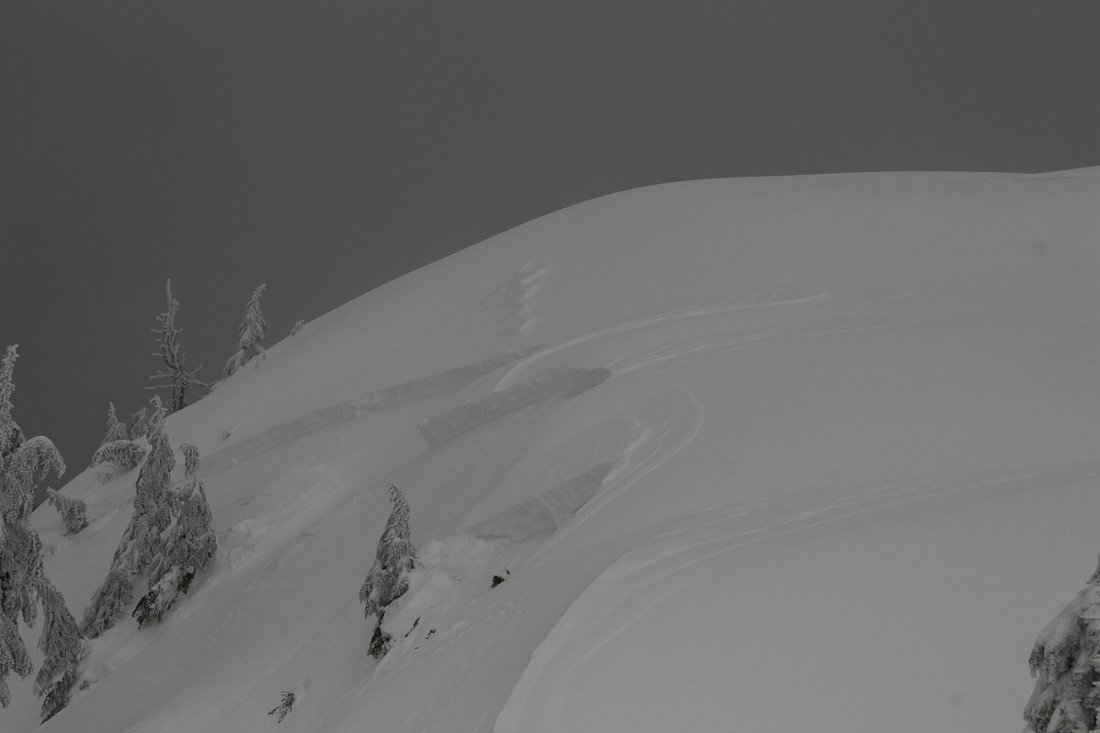
 RSS Feed
RSS Feed
